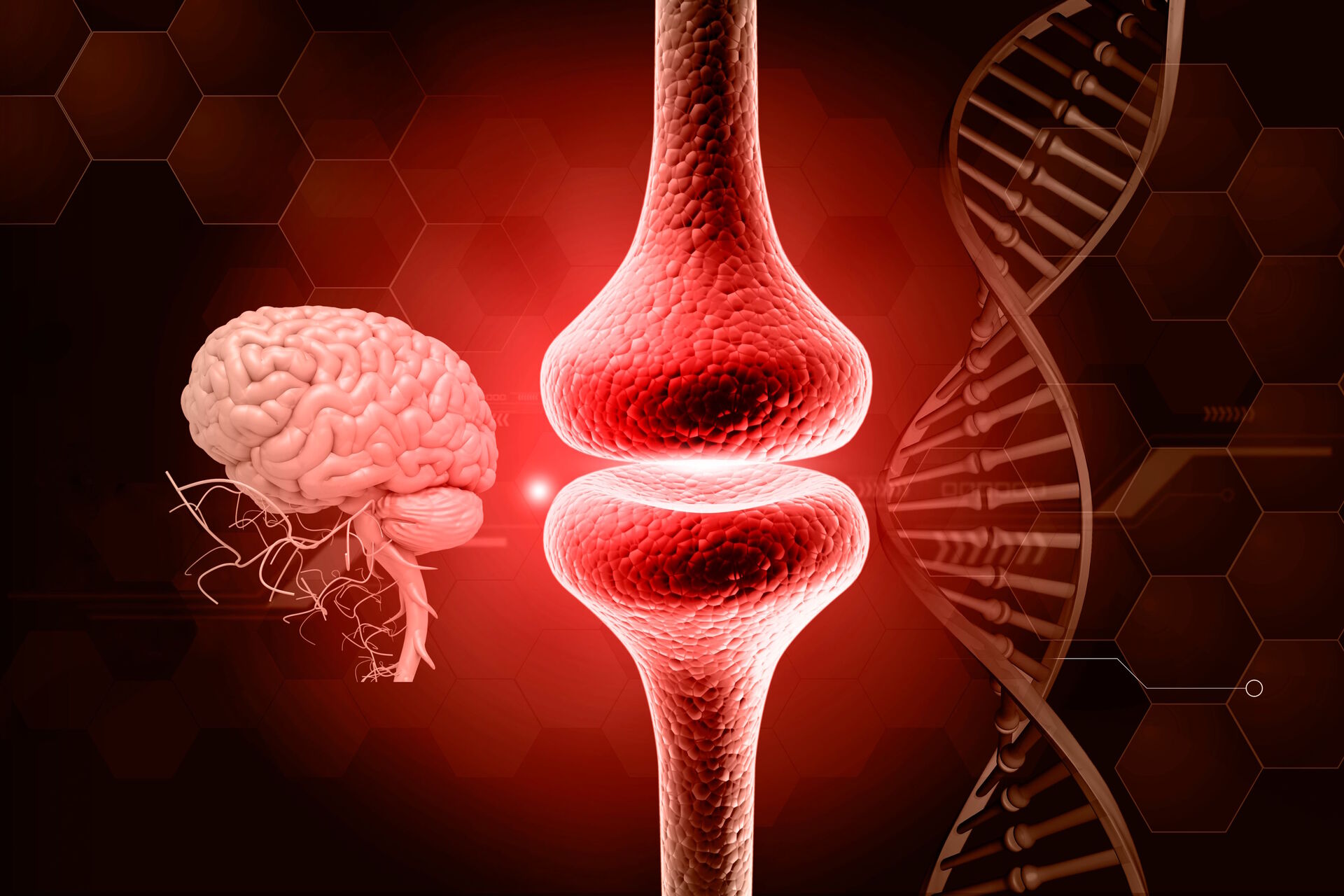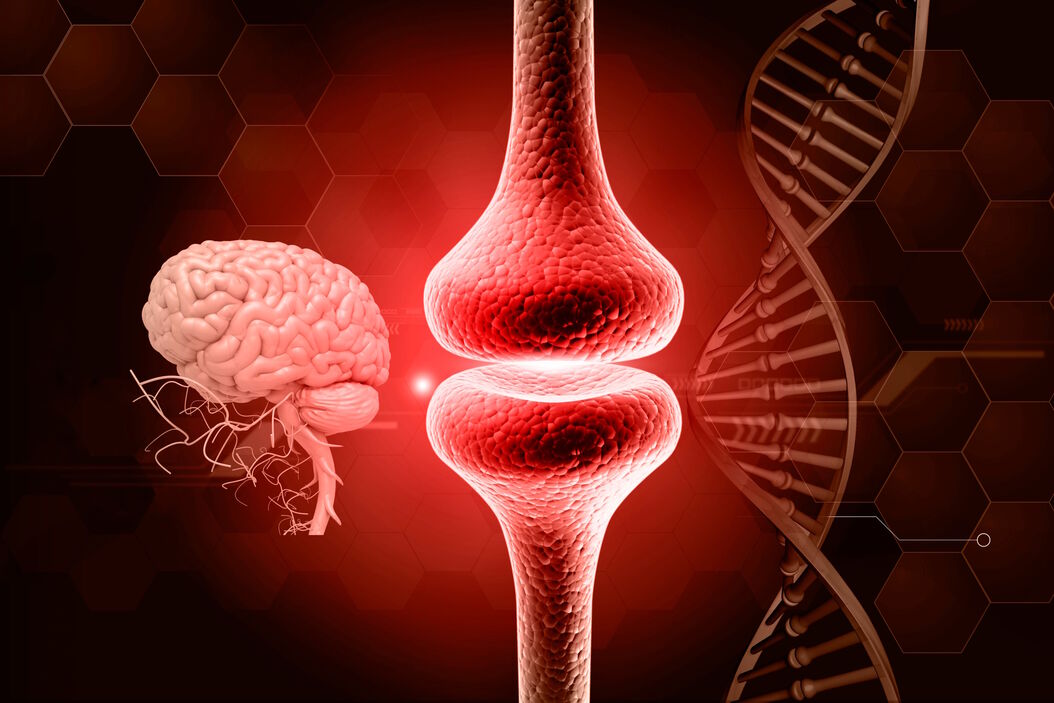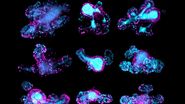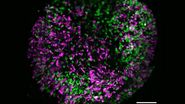Extracellular signaling in neurodevelopmental disorders
Inspired by mutations associated with neurodevelopmental disorders, Prof. Dr. Silvia Cappello’s group at LMU focuses on the basic molecular and cellular mechanisms that regulate the development of the human brain, with a particular focus on extracellular mechanisms.
The group combine the in vivo mouse model and the in vitro human-derived neurons, cerebral organoids, and dorso-ventral assembloids in order to better understand the mechanisms involved in ventral progenitors’ proliferation and fate as well as migration and maturation of inhibitory neurons during human brain development and tackle the causes of neurodevelopmental disorders. They particularly focus on mutations in genes influencing cell-cell contacts, extracellular matrix, and secretion of vesicles and therefore study intrinsic and extrinsic mechanisms contributing to the formation of the brain. The data reveals an important contribution of cell non-autonomous mechanisms in the development of neurodevelopmental disorders.
Throughout the webinar, Silvia will also show how imaging workflows, using the Mica Imaging Microhub alongside confocal and super-resolution systems, are supporting the group’s research.





